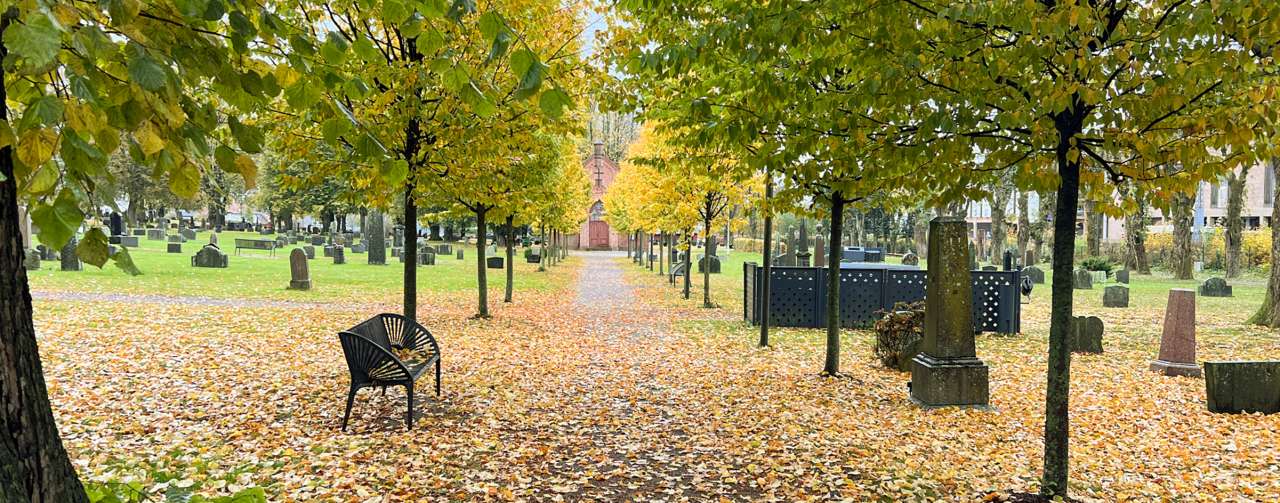New maps help with climate considerations

Photo: Anette Tjomsland Spilling
How can we develop towns and cities in a way that takes the best possible care of nature, produces the least possible greenhouse gas emissions, looks after natural diversity and improves the conditions for managing climate change? NIBIO has developed maps that will help Oslo, Drammen and Tønsberg with just this.
The maps will make it easier for the municipalities to assess greenhouse gas emissions as a result of changed land use, and how best to adapt to climate change and take care of species diversity. For example, green areas and vegetation are important for taking up rain and for helping cool towns and cities on warm days.
“The thematic maps provide information among other things on how you should preserve nature to avoid large amounts of greenhouse gas emissions in land use and land degradation,” explains Head of Project and Senior Adviser at NIBIO, Henrik Forsberg Mathiesen.
The feedback from the municipalities has been very positive. Tønsberg municipality has recently started using the maps when it assesses applications to redevelop an area, such as for residential or commercial activity.
“We didn’t have any methods for ranking greenhouse house emissions before. This gives us some indication whether there will be more or less emissions as a result of an intervention involving nature during land degradation,” says Kristine Molkersrød, Climate Adviser at Tønsberg municipality.
New national regulations instruct all municipalities to survey ecosystems and land use that are important for climate adaptation, and to view emissions reduction and climate adaptation in context, and to identify the positive interaction effects. More municipalities have contacted NIBIO to have similar maps developed for their municipality.
During the Zero Conference in November 2022, Tønsberg and Drammen municipalities achieved second place in the “Local climate measure of the year” for their work involving the new climate maps.
Contacts

Purpose
New climate maps make it easier for municipalities to take care of natural diversity, limit their own greenhouse gas emissions, and adapt to climate change.
Funding: The report for Drammen and Tønsberg is funded through ‘Klimasats’ funds from the Norwegian Environmental Agency. The report for Oslo was completed with funding from Klimaetaten [the Climate Agency], Plan- og bygningsetaten [Agency for Planning and Building Services], Vann og avløpsetaten [Agency for Water and Sewerage] and Bymiljøetaten [the Urban Environment Agency].
Contacts

